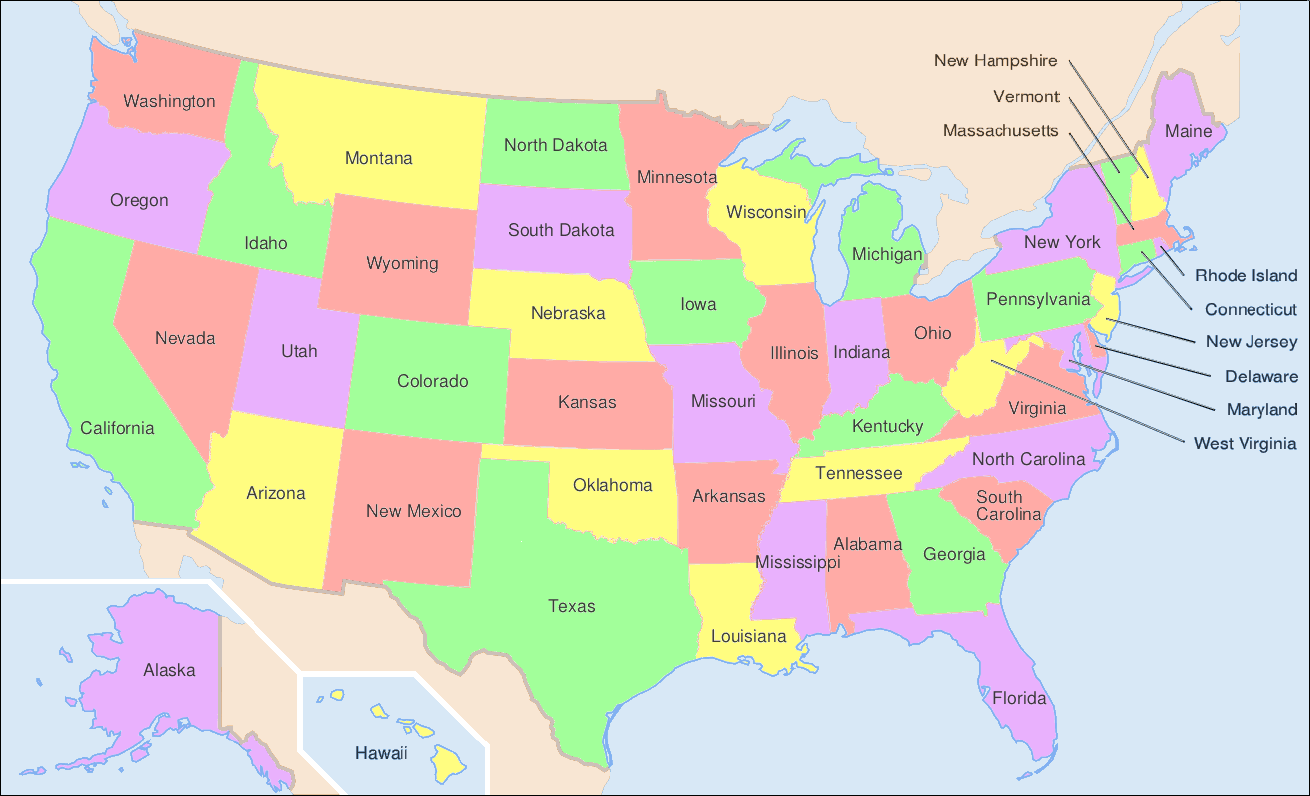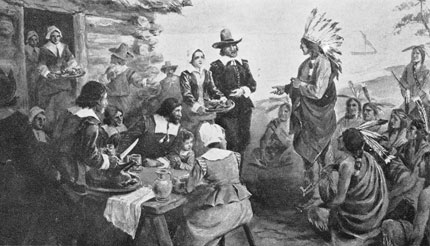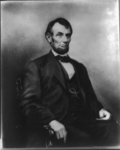History is full of women who never got fair credit for their brilliant ideas, heroic deeds or extraordinary work, often due to prejudice, discrimination or the social mores of their time. With a popular film introducing some “Hidden Figures” to us, take a look at six unsung women who deserve to be more widely celebrated and praised.
Ada Lovelace, Creator of the World’s First Computer Programs
Augusta Ada Byron, now known as Ada Lovelace, was the only child of the poet Lord Byron and Lady Annabella Byron. Just five weeks after Ada’s birth, Annabella separated from Lord Byron and was granted sole custody of her daughter. Fearing that her daughter would follow in Lord Byron’s footsteps and become a poet, Annabella raised her daughter to be a mathematician and scientist.
In 1833, Ada met Charles Babbage, a wealthy amateur mathematician who invented the ophthalmoscope and two computer-like devices: the Difference Engine and the Analytical Engine.
A decade later, Ada translated a memoir written about the Analytical Engine and added notes on a method for calculating Bernoulli numbers with the Engine—“the first computer programme,” the Ada Lovelace Day Web site explains. Although the machine was never actually built, and the calculations were never made, Ada also wrote “the very first description of a computer and of software.”
Ada died young, at the age of 36, and didn’t have the chance to further her theories in computing. In 2009, however, the first Ada Lovelace Day was held on March 24 to “celebrate the achievements of women in technology and science.”
Catharine Littlefield Greene, Conceived the Idea for the Cotton Gin
“Who invented the cotton gin?” on history quizzes usually is answered, “Eli Whitney.” But as the UXL Encyclopedia of World Biography (2003) points out, “[T]his answer may not be correct.” Catharine Littlefield Greene, wife of Revolutionary War hero Nathanael Greene, may have been the brain behind the idea.
After her husband’s death, Greene raised her five children and managed her family’s plantation. In 1892, she rented a room to Eli Whitney, a Yale College graduate, and employed him as a handyman around the house.
Greene explained the process of cotton farming to Whitney, and how time-consuming it was to clean green-seed cotton. “Tradition holds that Greene suggested that Whitney build a machine that could clean seed cotton,” the Encyclopedia of World Biography explains. “Perhaps her prompting went only that far, or perhaps she provided a more detailed suggestion, may be even a rudimentary design.”
According to Matilda Joslyn Gage, in an 1883 pamphlet entitled “Woman as Inventor,” it was indeed Greene, not Whitney, who should be credited with the cotton gin. “Mrs. Greene conceived the idea of such a machine, and intrusted its construction to the hands of Eli Whitney, then boarding with her,” Gage wrote. “Within ten days from the first conception of Mrs. Greene’s ideas, a small working model was completed, so perfect in its construction that all succeeding gins have been based upon it.”
Read a full profile of Catharine Littlefield Greene.
Anna Ella Carroll, Responsible for Crucial Civil War Military Strategy
As the eldest of eight children, Anna Ella Carroll was closely trained and educated by her father, the governor of Maryland in 1830 and 1831. The young Carroll “gradually gained entry into the male world of politics,” according to the Maryland Women’s Hall of Fame. When Abraham Lincoln was elected president in 1860, Carroll responded by freeing her slaves, and writing letters and news articles to promote her pro-union beliefs.
She also played a critical role in the course of the Civil War. Matilda Joslyn Gage, writing in “Who Planned the Tennessee Campaign of 1862?” argued that Carroll, not General Ulysses S. Grant, was responsible for this important military campaign.
Sally Roesch Wagner, in “Matilda Joslyn Gage: forgotten feminist,” recounts Gage’s writing on the event. “Lincoln asked that the matter be kept quiet, Gage documented, as he feared that the union troops would be demoralized by the knowledge that this brilliant strategy was the product of a civilian – ‘and that civilian a woman’, according to a top Congressional leader quoted by Gage.”
Jerrie Cobb, Almost the First American to Orbit the Earth
Learning to fly at the age of 12, getting her commercial pilot’s license at the age of 18, teaching men to fly at the age of 19, and delivering military fighter planes and bombers to foreign Air Forces around the globe at the age of 21, Jerrie Cobb seemed destined for the stars.
In 1959, she was the first woman chosen to take part in the same testing regiment as the Mercury Seven Astronauts, NASA Quest reports. Although she “passed all three phases with flying colors,” she wasn’t asked to join the astronaut corps; the American space program didn’t allow women into the astronaut corps until 1978.Even though Cobb “had twice as many flight hours to her name as John Glenn, who became the first American to orbit the earth,” Cobb was denied another accomplishment just a few years later, Sandi Toksvig reported for The Guardian in 2009. Cobb was appointed as a consultant to the U.S. space program in 1961, but she was denied membership in NASA because she didn’t have military jet test pilot experience; women were not allowed to fly in the military until 1973.
“This was a devastating and unexpected blow as Jerrie was denied the opportunity to be the first woman to fly in space,” the NASA Quest Web site explains. Instead, Russian Valentina Tereshkova became the first woman to fly in space.
Read a full profile of Jerrie Cobb.
Sources in this Story
Dorothy Horstmann and Isabel Morgan, Scientists Who Blazed the Trail to Jonas Salk’s Polio Vaccine
In April 1955, one of the most valuable medical discoveries in history was announced: Dr. Jonas Salk had discovered a vaccine that could prevent children from contracting Polio.
But as David M. Oshinsky pointed out in the Los Angeles Times in 2005, “What is too often lost in this hagiography is the extraordinary role played by other scientists, the ones who blazed the trail that Salk followed to completion. Two of the most prominent were women: Dorothy Horstmann at Yale and Isabel Morgan at Johns Hopkins University.”
In 1942, Dorothy Horstmann arrived a Yale to pursue graduate studies in the Yale polio unit. There she discovered that the poliovirus travels briefly in the bloodstream and then enters the central nervous system. “Horstmann had determined the time (early in the infection) and the place (the bloodstream) for the battle against polio to be waged,” Oshinsky wrote for Yale Medicine in 2005. Her “stunning breakthrough,” Oshinsky declares, “made polio vaccines possible.”
Read a full profile of Dorothy Horstmann.
Where Horstmann left off, Isabel Morgan picked up. At Johns Hopkins University in the 1940s, Morgan pursued polio vaccination experiments on monkeys. PBS’ American Experience explains that at the time, most researchers believed that only a live virus could be used as a vaccine; Morgan didn’t agree. “After five years of work, her team became the first to successfully inoculate monkeys with a killed-virus vaccine,” American Experience reports.
In 1949, Morgan chose to leave her profession, marry and become a homemaker. “Had she remained, it’s quite possible she would have beaten Jonas Salk to the killed-virus polio vaccine,” Oshinsky wrote for the Los Angeles Times.
Read a full profile of Isabel Morgan.
This article was originally written by Colleen Brondou; it was updated January 24, 2017.
















